In the bustling complexity of human society, it’s easy to forget that we share a significant chunk of our DNA with our primate cousins. This shared ancestry manifests in surprising ways, especially in our social habits. From the boardroom to brunch, you might be engaging in age-old behaviors more suited to the jungle than the urban jungle. Let’s take a closer look at these instinct-driven habits and how they shape our modern lives.
1. Grooming As A Bonding Ritual
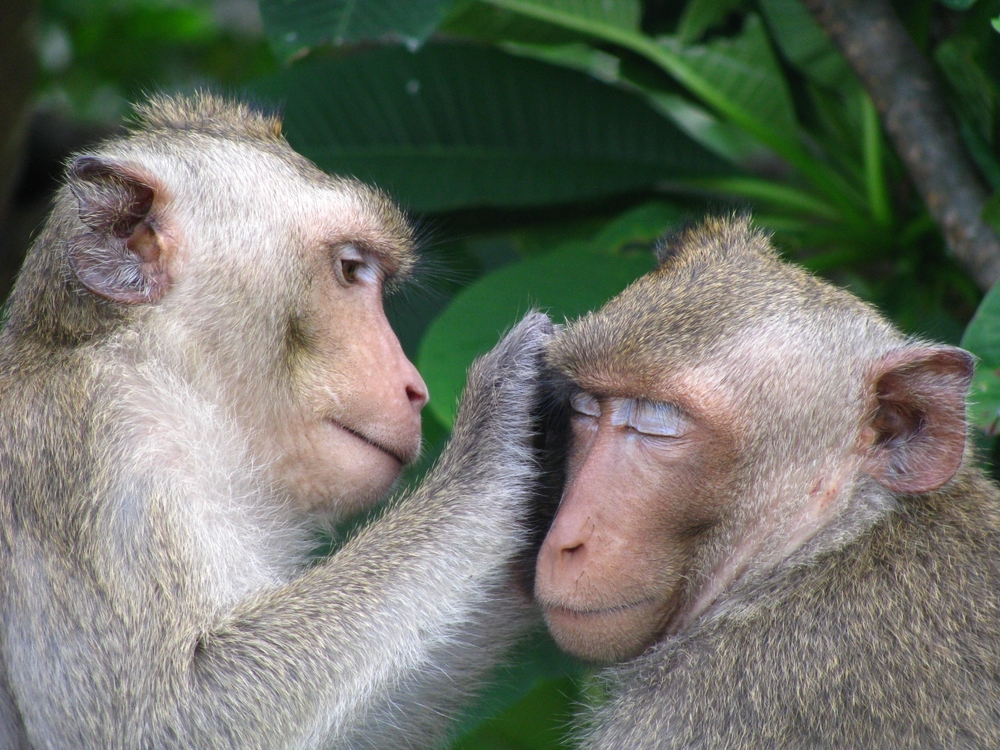
You might not pick fleas off your friends, but consider how often you indulge in hair-stroking or adjusting a partner’s clothing. These acts mirror grooming behaviors in primates, serving as gestures of affection and trust. According to anthropologist Robin Dunbar, grooming plays a pivotal role in social bonding, even if it’s evolved into more subtle forms like compliments or shared secrets. It’s a silent signal that says, “I see you, I care for you,” without uttering a single word.
Yet, in our fast-paced digital age, these signs of affection can be easily overlooked or replaced by emojis and likes. The tactile nature of grooming rituals—whether physical or verbal—anchors relationships in a tangible reality, reminding us of the warmth that screens can’t replicate. Embracing these instinctual habits can enhance emotional intimacy, fostering a deeper connection that’s felt rather than just understood. It’s a primal touchpoint that softens the edges of our often hurried lives.
2. Hierarchical Structures In Social Groups
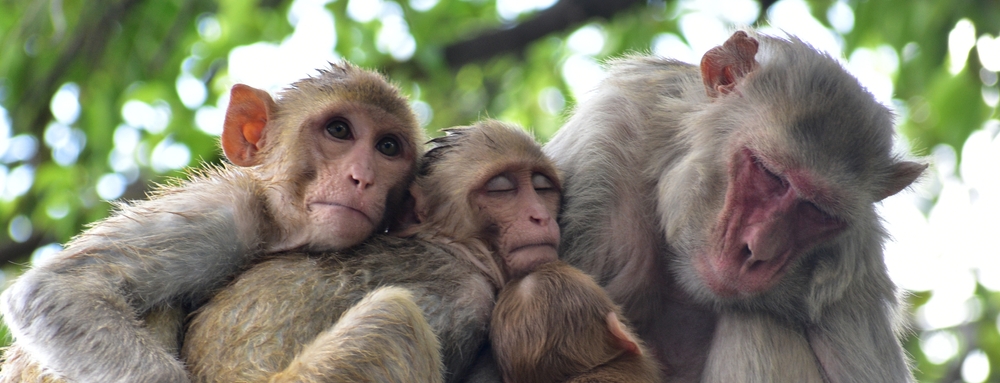
Whether in the workplace or social circles, humans naturally gravitate towards hierarchical systems—a reflexive nod to our primate ancestry. You can see it in the way we unconsciously assign leaders, followers, and role players in any group setting. Hierarchies provide structure and predictability, much like in primate tribes where every member knows their place. This can manifest positively as efficient organization or negatively as social stratification and exclusion.
In a world striving for equality, it’s crucial to recognize the thin line between healthy structure and oppressive hierarchy. When unchecked, this primal tendency can lead to power imbalances, where voices get drowned out and innovation is stifled. Yet, when leveraged wisely, a well-structured hierarchy can create environments where talents are maximized, and group dynamics thrive. It’s about finding the balance between order and openness.
3. Non-Verbal Communication
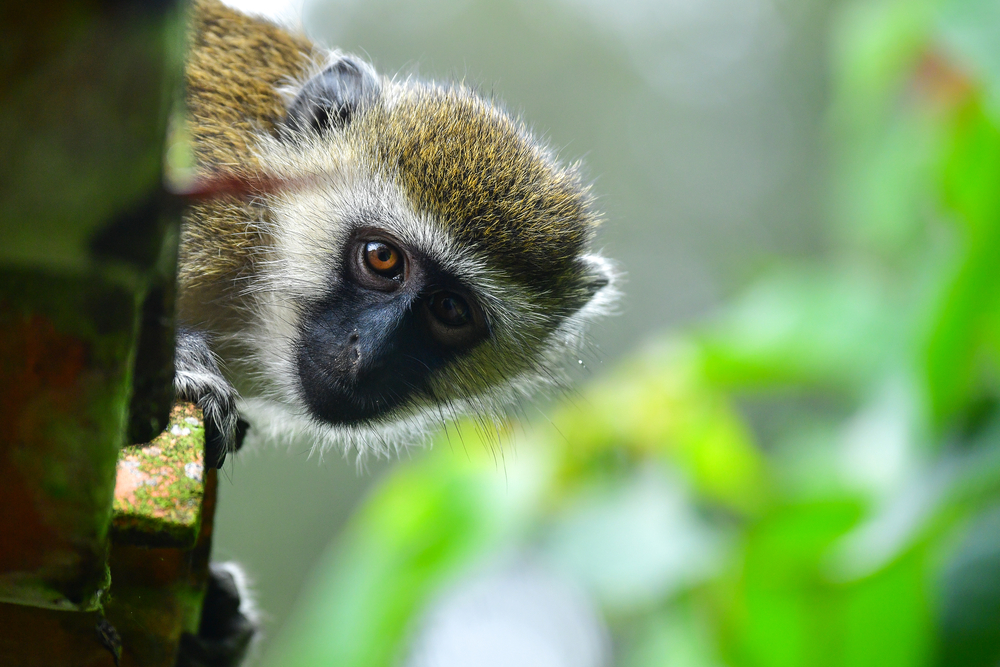
Your body says more than words ever could, a trait we share with our primate relatives who rely heavily on non-verbal cues. Facial expressions, body posture, and eye contact—these silent signals form the foundation of human interaction. Research by psychologist Albert Mehrabian underscores that a significant portion of communication is non-verbal, with up to 93% of meaning being conveyed through body language and tone. It’s an innate language that transcends cultural boundaries and speaks directly to our ancestral roots.
However, as we increasingly rely on text and technology, these vital cues risk being lost in translation. Emojis and GIFs can’t fully capture the nuance of a raised eyebrow or a genuine smile. Reconnecting with this primal form of communication can enhance empathy and understanding in all your relationships. It’s about tuning in to the unsaid and recognizing that, sometimes, silence speaks volumes.
4. Forming Coalitions For Mutual Benefit
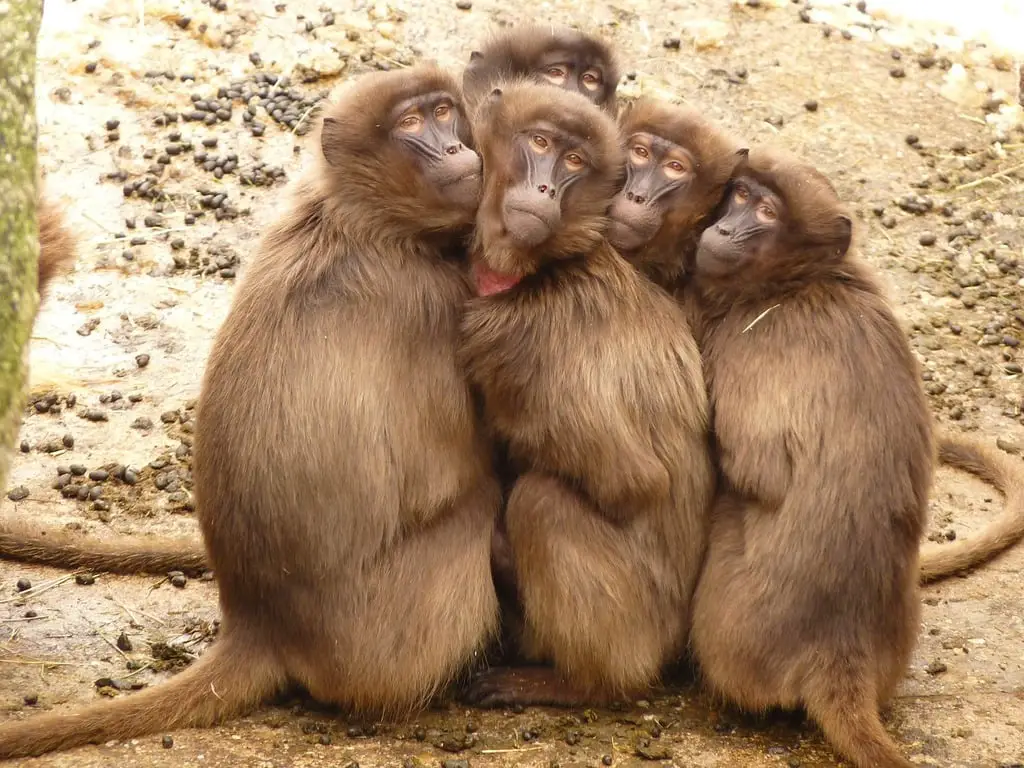
Just like chimpanzees form alliances to gain status or access to resources, humans forge friendships and partnerships for mutual advantage. Whether it’s networking events or strategic collaborations, the underlying drive is often self-interest coupled with collective gain. This behavior isn’t inherently selfish—it’s survival instinct dressed in a business suit. It’s the power of “us” over “me,” a strategy as old as time itself.
Yet, in embracing coalitions, you also navigate the complexities of reciprocity and trust. The delicate dance of give-and-take defines the strength and longevity of these alliances. When balanced, these partnerships can blossom into powerful networks of support and opportunity. But when skewed, they risk devolving into transactional relationships devoid of genuine connection.
5. Displays Of Dominance And Submission
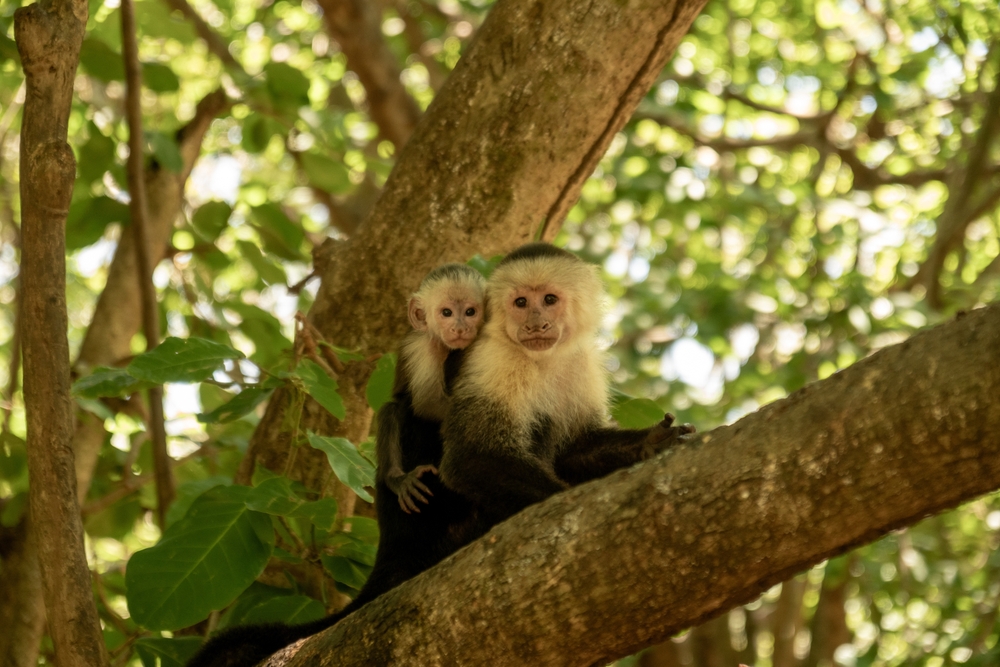
From the schoolyard to the boardroom, the display of dominance and submission is a script we’ve all witnessed. It’s the assertive handshake, the commanding voice, or the seat at the head of the table. These behaviors are rooted in our primate DNA, where dominance hierarchies dictate access to resources and mating opportunities. A study in “Animal Behaviour” highlights how such dynamics are not only prevalent but also crucial in human interactions, affecting leadership and group cohesion.
However, in modern contexts, overt displays of dominance can backfire, leading to conflict or resentment. It’s a fine line between authoritative and authoritarian, between respected leader and feared tyrant. Recognizing and moderating these primal instincts can foster environments of mutual respect and collaboration. It’s about harnessing influence without losing humility.
6. Territorial Behaviors And Boundaries
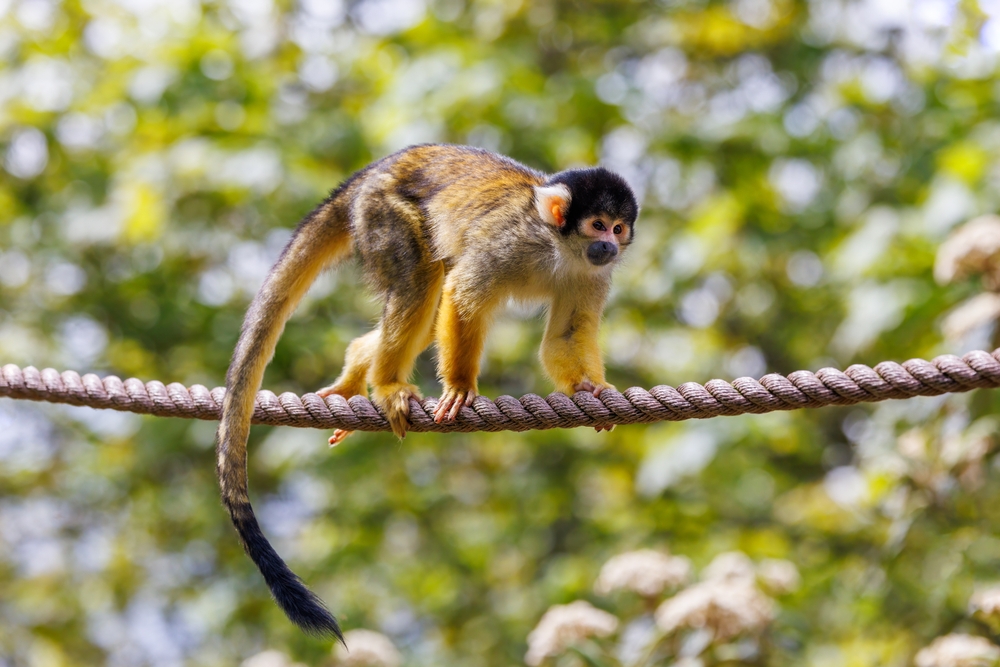
Whether it’s your favorite café table or the cubicle you’ve personalized, territorial instincts are alive and well in human behavior. Just like primates defend their turf, you create spaces that feel safe and personal. This isn’t just about physical space but also emotional boundaries that define your comfort zones. It’s a silent assertion of identity and belonging, a declaration of “this is mine.”
Navigating these territorial impulses requires a balance of assertion and empathy. Just as you value your space, recognizing others’ boundaries fosters mutual respect and understanding. It’s about creating environments where everyone feels seen and respected, without encroaching on each other’s emotional or physical territory. This dance of boundaries is a timeless negotiation of space and self.
7. Conflict Resolution Through Reconciliation
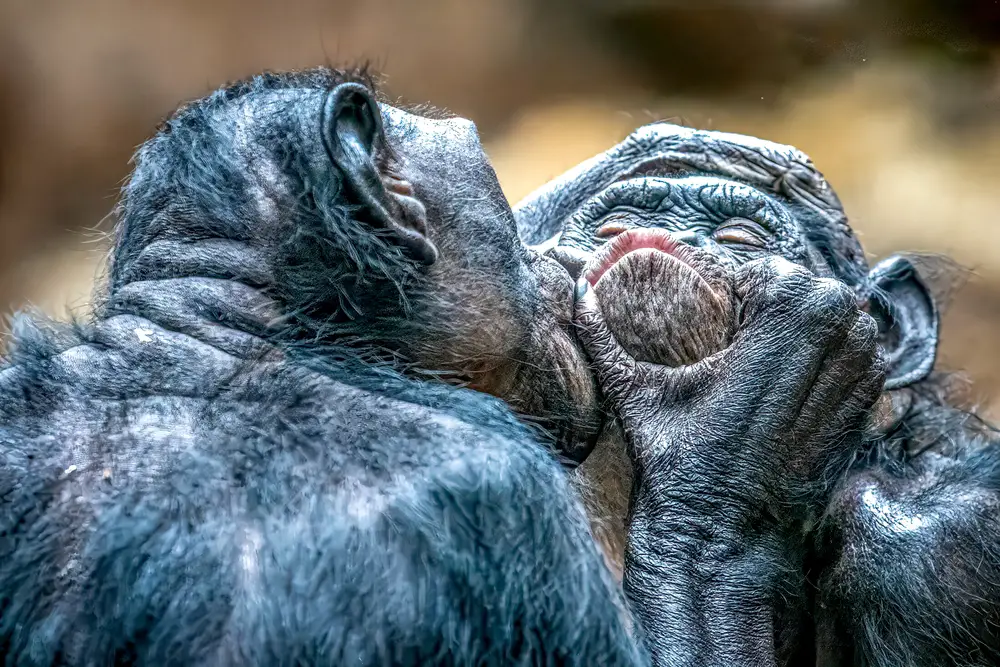
After a spat with a friend, you might find yourself reaching out with humor or a peace offering, echoing the reconciliation practices of primates. Chimpanzees, for instance, often groom each other post-conflict to re-establish social harmony. Frans de Waal, an expert in primate behavior, notes that reconciliation is crucial for group cohesion and individual well-being. It’s a reminder that peacemaking is a deeply ingrained instinct, essential for relational longevity.
In our world, where grudges can simmer beneath polite facades, embracing reconciliation can feel both radical and necessary. It’s about swallowing pride and prioritizing relationships over ego. The art of apology and forgiveness can transform divides into dialogues and estrangement into empathy. Healing through reconciliation is as ancient as it is revolutionary.
8. Play As A Social Glue
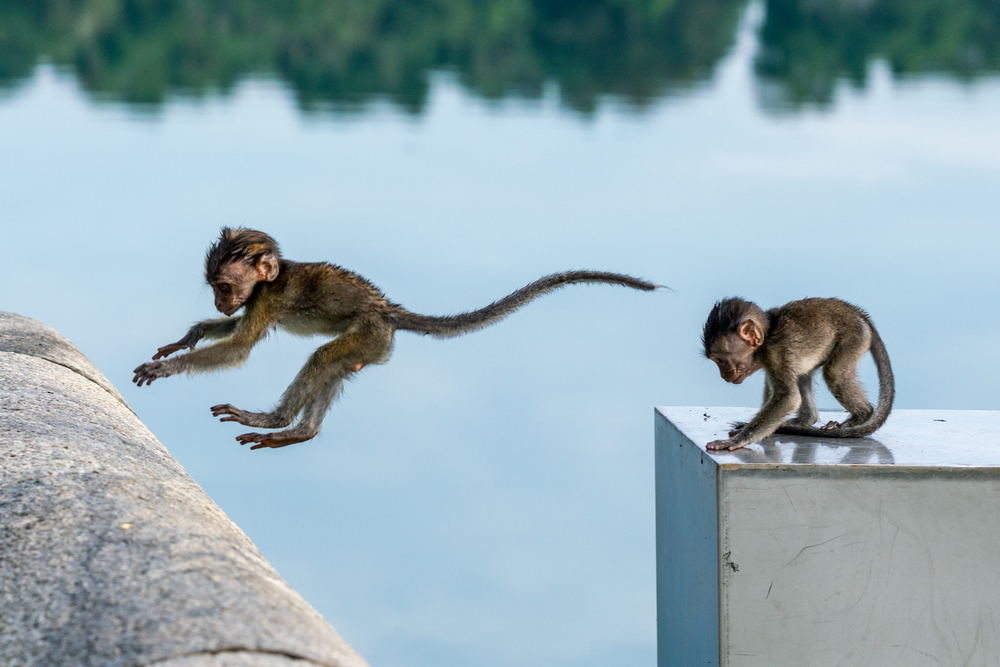
Play isn’t just child’s play; it’s a social glue that binds communities and fosters creativity. From primates swinging in trees to humans engaging in sports or board games, play serves as a platform for learning, bonding, and even conflict resolution. It’s a safe space where social roles can be explored and tested without the pressure of real-world consequences. It’s about laughter and lightness, a brief respite from the seriousness of adulting.
In the hustle of adult life, play often takes a backseat, overshadowed by responsibilities and stress. Yet, reconnecting with this primal instinct can rejuvenate relationships and spark joy. It’s about finding moments of silliness and spontaneity, allowing yourself to be present without purpose. Play isn’t a distraction; it’s a vital component of a balanced life.
9. Vocalizations And Language Nuances

While humans have developed complex languages, the roots of communication lie in the vocalizations seen in primates. Our laughs, cries, and sighs echo the calls and grunts of our evolutionary cousins. These vocal expressions are loaded with meaning, conveying emotions and intentions in ways words sometimes can’t. It’s a reminder of the emotional depth and richness embedded in our voices.
As language evolves, so does our ability to express intricate thoughts, but the power of vocal tones remains unchanged. It’s in the way a soft “hello” can soothe or a raised voice can instill urgency. Embracing this primal aspect of communication can deepen understanding and empathy, reminding us of the shared humanity in our voices. It’s about listening beyond words.
10. Rituals And Traditions
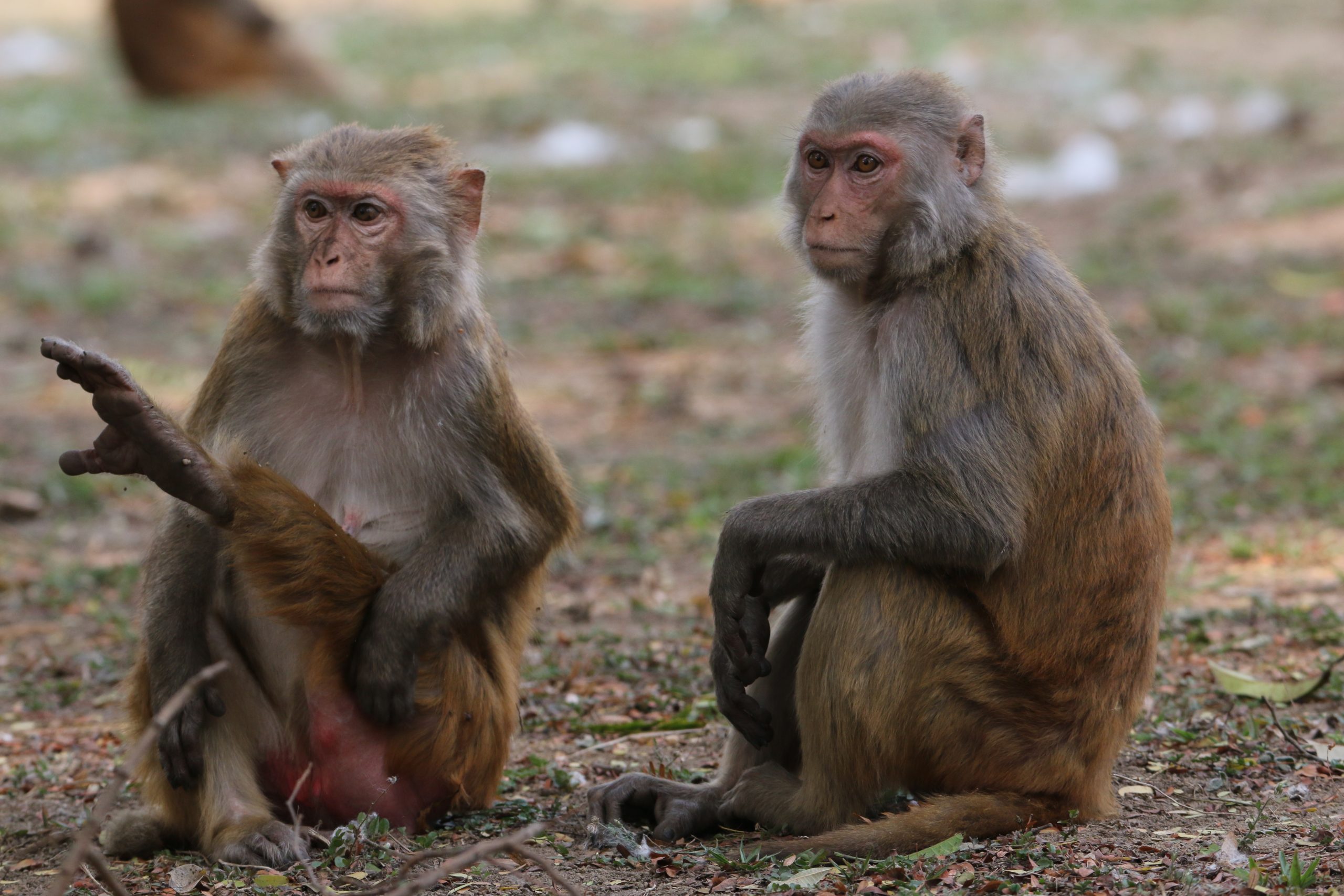
Every society, no matter how advanced, has rituals that echo the ceremonial behaviors of primates. From weddings to funerals, these structured events provide a sense of continuity and community. They are the scaffolding of social order, maintaining connections through shared symbols and practices. It’s a testament to our need for belonging and meaning, bridging the past with the present.
Yet, in an age of constant change, the role of rituals can be both comforting and confining. Embracing traditions while allowing for evolution ensures they remain relevant and resonant. It’s about honoring the past without being shackled by it, creating spaces where old meets new. Rituals are the timeless thread that weaves individuals into a collective tapestry.
11. Empathy And Emotional Contagion
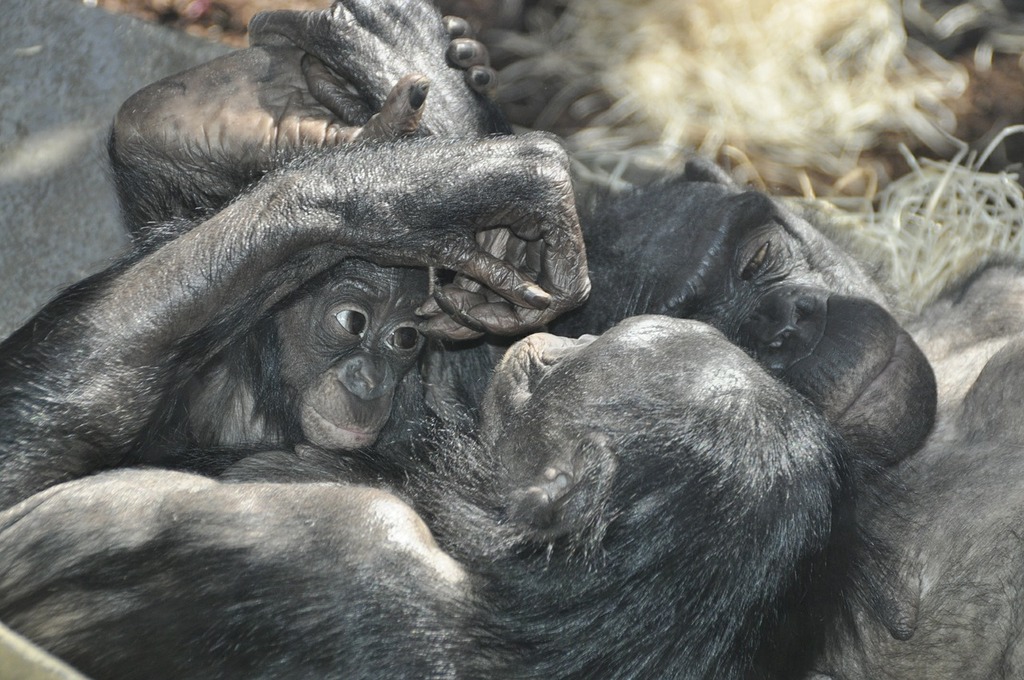
Watching someone yawn and feeling an irresistible urge to yawn too might seem trivial, yet it’s a vestige of emotional contagion seen in primates. Empathy allows us to share and understand the emotions of others, a crucial element in social bonding. It’s a subconscious dance of mirroring, where emotions ripple through groups like an invisible wave. This instinct strengthens communal ties, fostering cooperation and compassion.
However, in a world fraught with divisiveness, empathy can feel like a scarce resource. Reconnecting with this primal trait requires conscious effort and openness. It’s about stepping into another’s shoes and feeling their world, even when it’s uncomfortable. Empathy isn’t just a nice-to-have; it’s the bedrock of relationships that thrive.
12. Nurturing Instincts And Caretaking
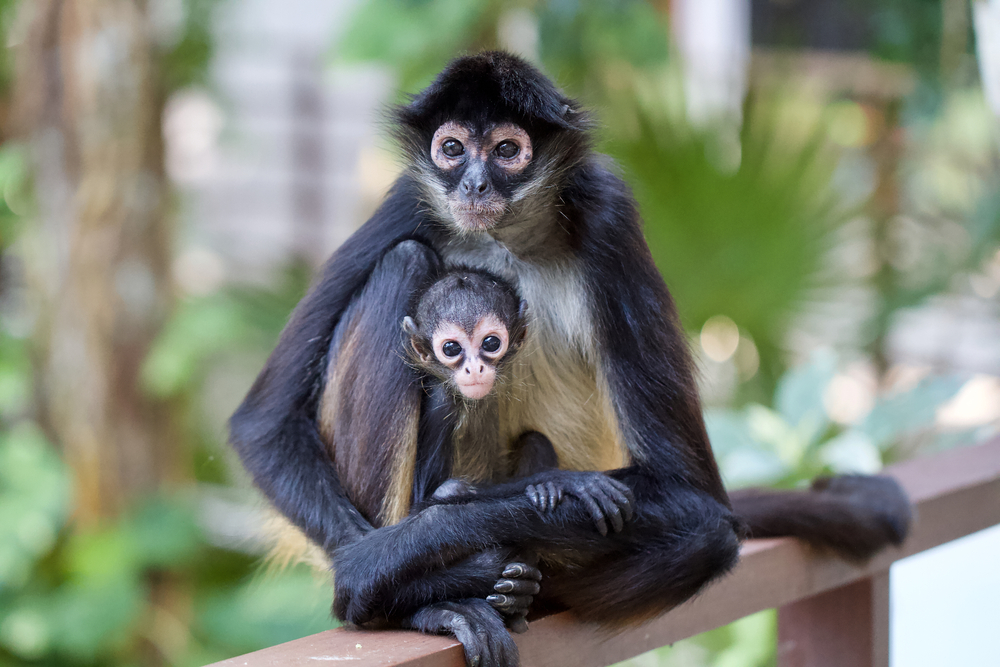
The instinct to nurture and protect is as ancient as it is universal, a testament to our shared lineage with primates. Whether it’s a parent comforting a child or a friend offering support, these behaviors reflect the deep-seated drive to care for our kin. It’s about survival and connection, ensuring that the next generation thrives. This nurturing instinct is the heartbeat of community, pulsing with compassion and continuity.
In modern times, the scope of caretaking has expanded beyond immediate family to include friends, pets, and even plants. Embracing this instinct in all its forms enriches life, adding layers of meaning and purpose. It’s about finding the balance between giving and replenishing, ensuring that caregiving doesn’t tip into self-sacrifice. Nurture is the silent thread that binds the fabric of human experience.
13. Altruism And Reciprocal Relationships
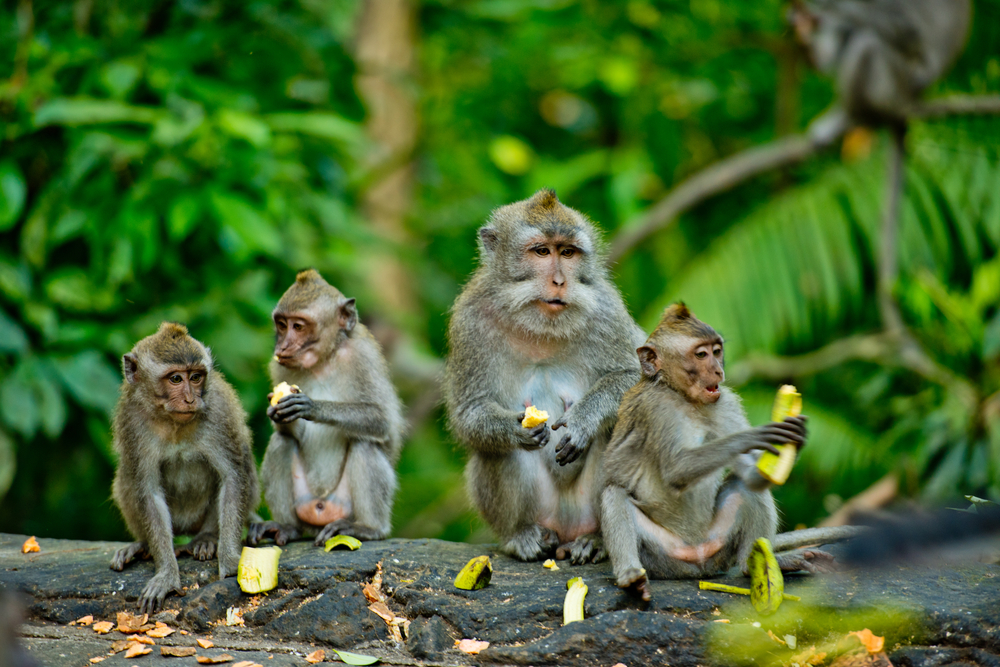
Altruism might seem at odds with the cutthroat nature of survival, yet it’s a deeply ingrained behavior seen in both humans and primates. Whether it’s sharing food or lending a hand, these acts of kindness strengthen social bonds and ensure mutual benefit. It’s a system of give-and-take that fosters cooperation and trust, pivotal for communal living. Altruism is the quiet currency of connection, invaluable yet often overlooked.
However, in a fast-paced world, genuine altruism can be overshadowed by transactional interactions. Rekindling this primal behavior means embracing generosity without expectation, trusting that reciprocity will find its own way. It’s about shifting from “what can I gain?” to “how can I contribute?” Altruism is the gentle nudge that steers us towards collective well-being.
14. Parenting Styles And Social Learning

Just as primates teach their young through observation and mimicry, human parenting is deeply rooted in social learning. From modeling behaviors to passing down cultural norms, this instinct ensures the transmission of knowledge across generations. It’s about more than survival; it’s about thriving, equipping the next generation with the tools to navigate life. Parenting is the original school, where every interaction is a lesson.
In modern society, parenting styles vary widely, reflecting diverse values and beliefs. Yet, at their core, they all echo the age-old drive to nurture and guide. Embracing this instinct means being both teacher and student, open to learning while imparting wisdom. Parenting is the dance of growth, where both child and parent evolve together.
15. Celebrations And Communal Joy
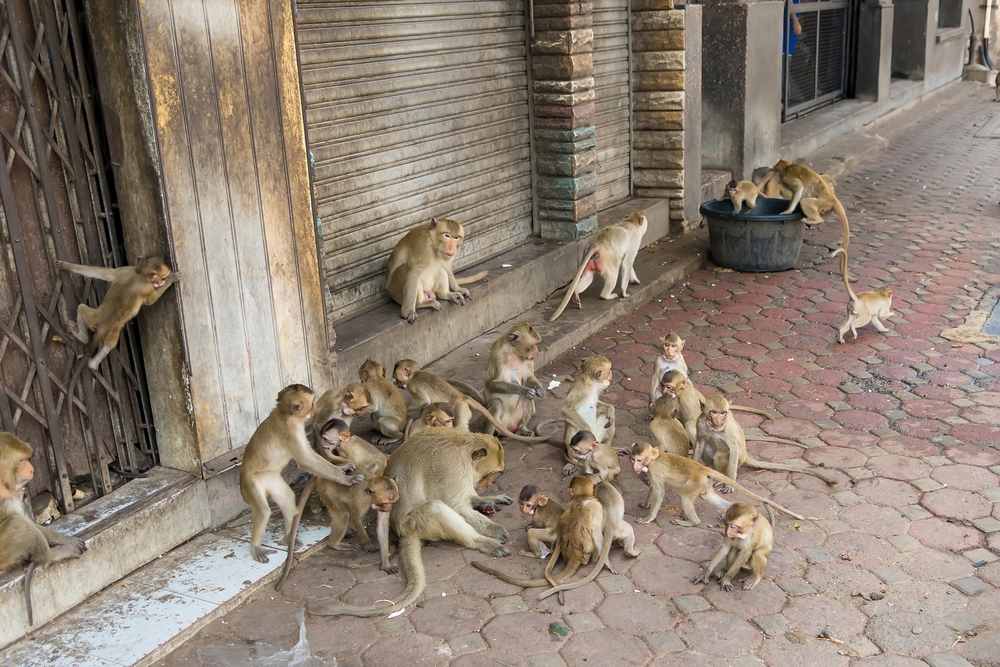
From primate play to human parties, celebrations are universal expressions of joy and community. These gatherings strengthen social bonds, providing spaces for shared laughter and connection. Whether it’s a birthday or a cultural festival, celebrations are a nod to our inherent need for communal joy. It’s the collective exhale, a moment of unity and exuberance.
In a world often focused on individual achievement, communal celebrations remind us of the power of “we.” They are the moments when differences fade, and shared humanity shines bright. Embracing this instinct means prioritizing togetherness, finding joy not just in personal milestones but in collective triumphs. Celebrations are the vibrant colors in the tapestry of life, urging us to dance, connect, and rejoice.
